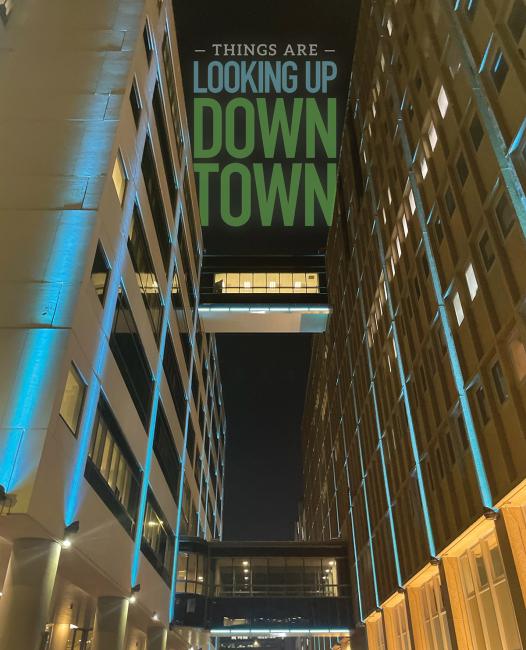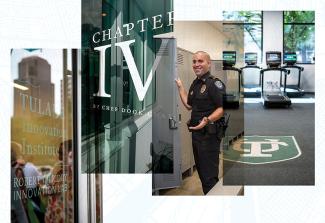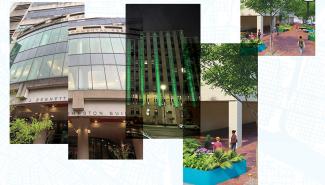When Tulane University President Michael A. Fitts was considering locations for the ending of his annual State of the University video, he wanted to speak from the rooftop of Tulane School of Medicine’s Lasalle Garage, a vantage point that captured Charity Hospital, on Tulane Avenue, in the background.
Though abandoned since 2005 when flooding from Hurricane Katrina left it a shambled, uninhabitable mess, Fitts couldn’t think of a more appropriate site to share his vision of the future — a vibrant downtown campus that will offer an unprecedented opportunity for Tulane to continue to grow its national standing as a research and innovation powerhouse while attracting and nurturing biotech business and discovery in New Orleans and the surrounding region.
The Charity building is the catalyst for the historic transformation of Tulane’s downtown campus, which among other things, will build on Tulane’s life-changing and lifesaving biomedical and academic research mission; use innovation to create a more resilient, reimagined and economically diversified New Orleans and create a community that attracts researchers and scholars as new residents along with the city’s annual flock of tourists.
“Cities across the nation have been transformed by the presence of a major national research university in their communities,” Fitts said. “With a planned $600 million dollar investment downtown and the addition of 2,300 direct jobs for members of the New Orleans community, this is the destiny of Tulane and the city we call home.”

































































